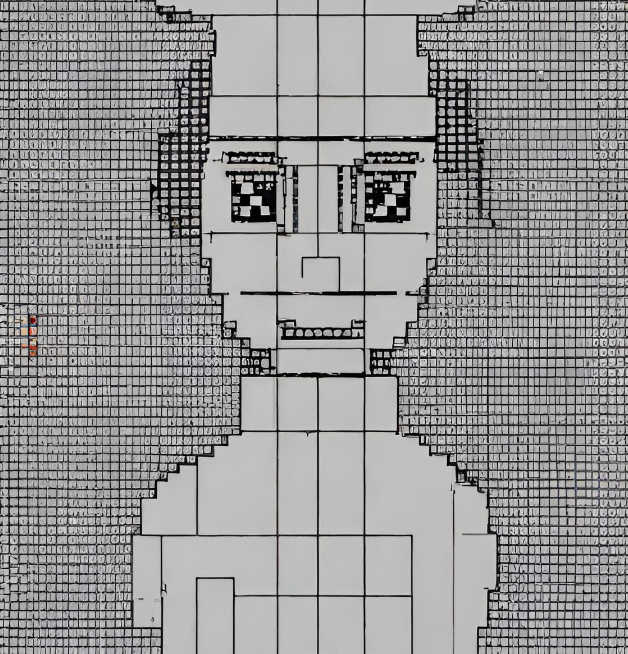215 reads
Modular Nonlinear Solvers: The Power of Composable Building Blocks in NonlinearSolve.jl
by
March 26th, 2025
Audio Presented by

We publish those who illuminate the path and make the intricate intuitive.
Story's Credibility

About Author
We publish those who illuminate the path and make the intricate intuitive.